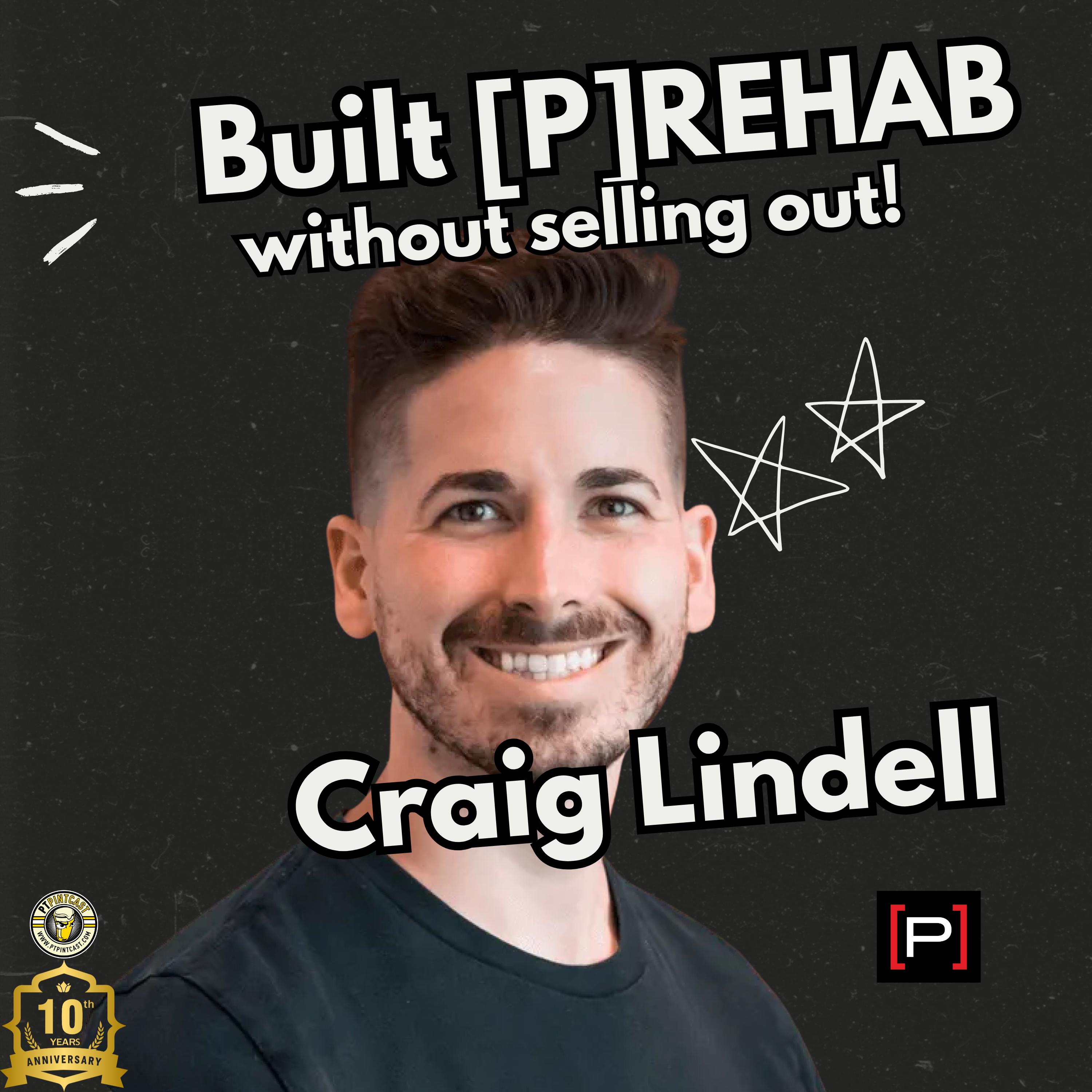
Get Updated
Join 10,000 other listeners and get updates on new episodes.
By signing up, you agree to receive email from this podcast.

Craig Lindell, co-founder of Prehab Guys, joins Jimmy to break down how one of the most recognizable brands in PT actually got built — and the hard lessons learned along the way. ???? In this episode: How Prehab Guys started ...
Craig Lindell, co-founder of Prehab Guys, joins Jimmy to break down how one of the most recognizable brands in PT actually got built — and the hard lessons learned along the way. ???? In this episode: How Prehab Guys started ...
???? In this episode of PT Pintcast, Jimmy McKay sits down with Tony Maritato for a no-BS breakdown of what’s broken in physical therapy — from EMR burnout and Medicare cuts to flexible scheduling, patient engagement, and why...
Welcome to the new weekly series Marketing Doesn’t Work! — where marketing myths go to die and healthcare strategies get real. In this kickoff episode, host Jimmy McKay sits down with marketing pro Andrea Cheney to answer the...
Dr. Steve Karas — PT, educator, researcher, and data-driven advocate for change in DPT education. In this episode: Why tuition has skyrocketed — but outcomes haven’t The quiet epidemic of PT school dropouts How pass rate decl...
This solo episode digs into a simple but uncomfortable question: If you criticize other healthcare providers for misleading claims… Have you checked your own website lately? Jimmy breaks down the full “claim spectrum” from sa...
Episode Summary: In this episode, Jimmy is joined by Tony Maritato and Dave Kittle to talk about how physical therapists can rethink pricing, marketing, and content creation. From charging what you’re worth to repackaging acc...

Host
Host • Loud Talker • Former Rock Radio Guy • Serial Question-Asker
Jimmy McKay is what happens when a rock radio DJ becomes a physical therapist and refuses to give up either career.
He’s the human Venn diagram where science, stories, and a good pint overlap.
He created PT Pintcast to bring real conversations back to healthcare — the kind that make you think, make you laugh, and make you want to try something bold on Monday morning.
Since launching the show, he’s interviewed hundreds of the smartest, weirdest, most innovative people in and around rehab… and spilled a concerning number of beers in the process.
Jimmy’s superpowers:
Asking the question everyone wishes someone would ask
Making complex ideas sound simple (and fun)
Getting guests to say: “Wow… I’ve never told anyone that before”
Bringing just enough irreverence to keep things interesting
When he’s not behind the mic, he’s helping clinics and organizations launch their own shows through PT Pintcast Media, writing things on LinkedIn that make PTs go “Oof… he’s right,” or reimagining how the profession shows up online.
Jimmy believes learning should feel like a conversation, not a chore — and if it involves a pint, all the better.
“If you’re giving me 30 minutes of your time, I’m gonna make it worth it — and we’re gonna have some fun along the way.”